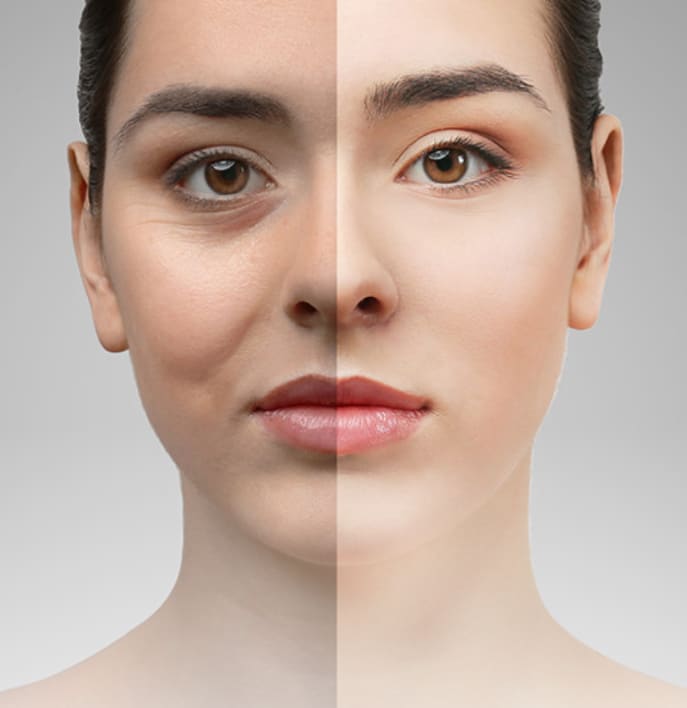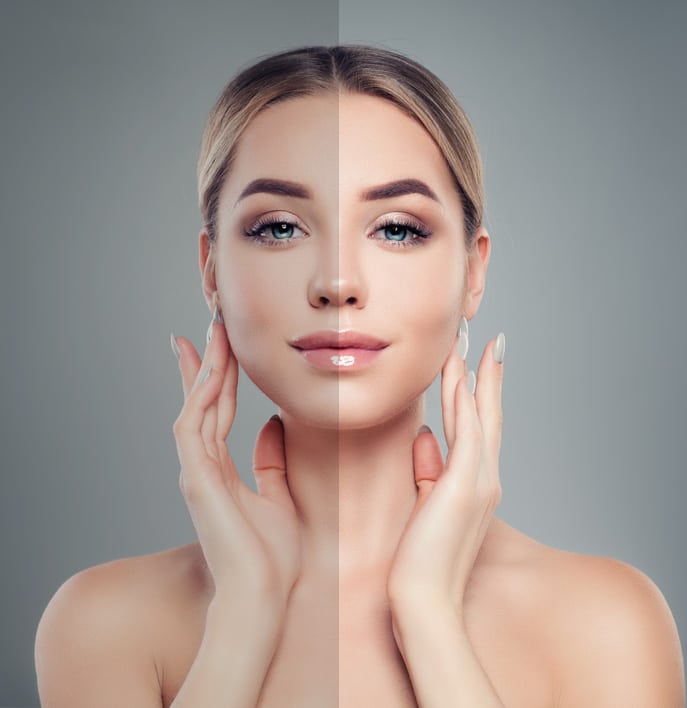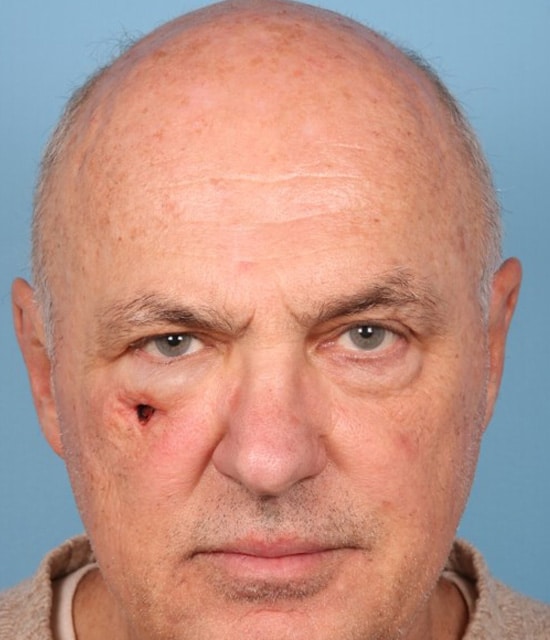
Scar Revision

For people who are self-conscious about their appearance, scar revision surgery can be a life-changing experience. The main goal of scar revision surgery is to make the scar less noticeable. Scar revision surgery can be performed on any type of scar, including surgical scars, acne scars, and burns. The specific type of scar revision surgery will depend on the location, size, and type of scar.
The recovery time for scar revision surgery will vary depending on the extent of the surgery. Most people are able to return to their normal activities within a week or two. It can offer many benefits for people who are unhappy with the appearance of their scars.

The Best Candidate for Scar Revision
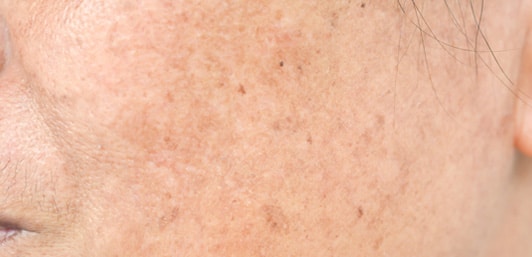
Widened, raised, or depressed scars
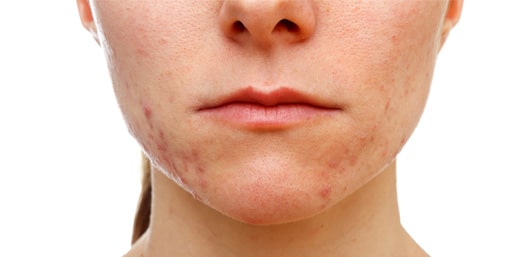
Unsightly scars that persist with nonsurgical treatment

Scars that vary in color and texture
Types of Scar Revision Techniques:
The type of scar will determine the scar revision procedure your surgeon uses. They can include:
Keloid scars
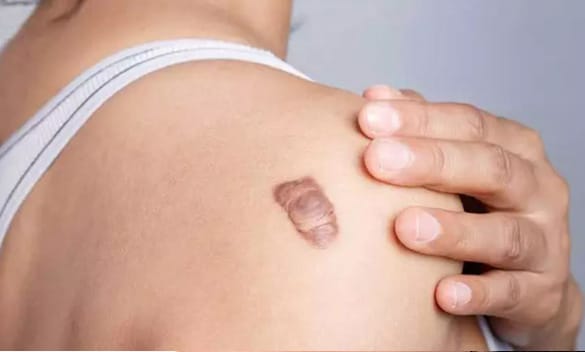
Keloid scars
Keloids are a type of scar that can occur after any injury to the skin, including surgery, burns, and acne. Keloid scar revision surgery is usually performed as an outpatient procedure, which means you won’t need to stay in the hospital overnight. The procedure usually takes less than an hour to perform, and you’ll be able to go home the same day.
Hypertrophic Scars
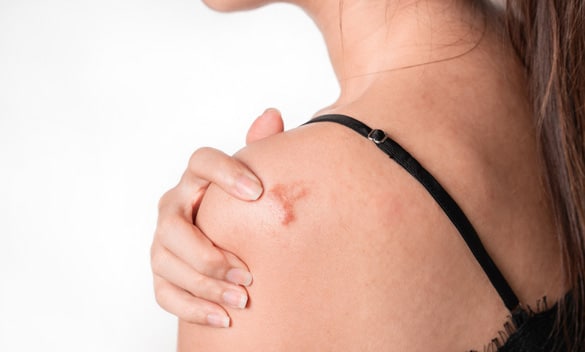
Hypertrophic Scars
Hypertrophic scars are a type of scar that can develop after a person suffers from a deep cut or wound. These scars are raised and thick, and they can be very painful. During this procedure, your surgeon will remove extra scar tissue and relocate the incision so that it heals in a less visible pattern. This surgery may be performed under local or general anesthesia.
Contracture scars
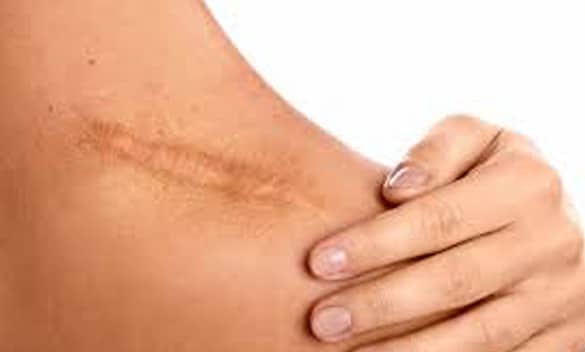
Contracture scars
Contracture scars are a type of scar that can occur when the skin is burned. The contracture scar tissue is tighter than the surrounding skin, which can limit the range of motion in the affected area. It can be treated with a variety of methods, depending on their severity. It may be treated with skin grafting, flap surgery, or Z-plasty.
Facial Scars
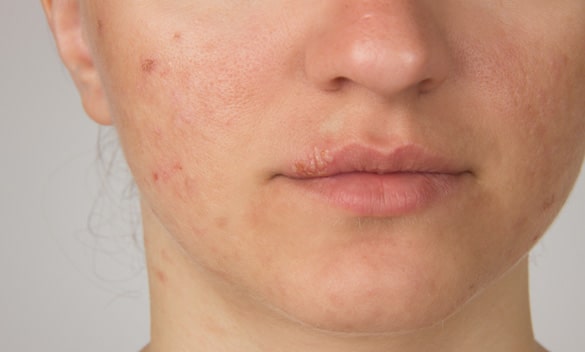
Facial Scars
Facial scars can be difficult to deal with, both emotionally and physically. They can be a constant reminder of a traumatic event, or they may simply be aesthetically unpleasing. It can be treated in a number of ways, such as dermabrasion and Z-plasty. It involves cutting out the scar and closing the incision with small sutures, resulting in a thinner and less obvious scar.
Benefits of Scar Revision
The surgery can help to improve the symmetry of the scar, as well as its shape and size. Some benefits include, but are not limited to:

Helps improve the appearance of a scar

Improves the function of a scarred area

Reduces the pain associated with a scar

Uplifts one’s confidence and self-esteem
Risks involved in Scar Revision
Although this type of surgery can be very effective, there are some risks and complications associated with it, including:

Numbness or tingling around the scar

Hyperpigmentation

Infection

Bleeding

Contact
Dr. James Wang Today

If you're interested in learning more about scar revision or any other cosmetic surgery procedure, contact Dr. James Wang today to schedule a consultation. Dr. Wang is a fellowship-trained plastic surgeon with years of experience helping patients achieve their desired results. He will work with you to create a custom treatment plan that meets your needs.
Before and After

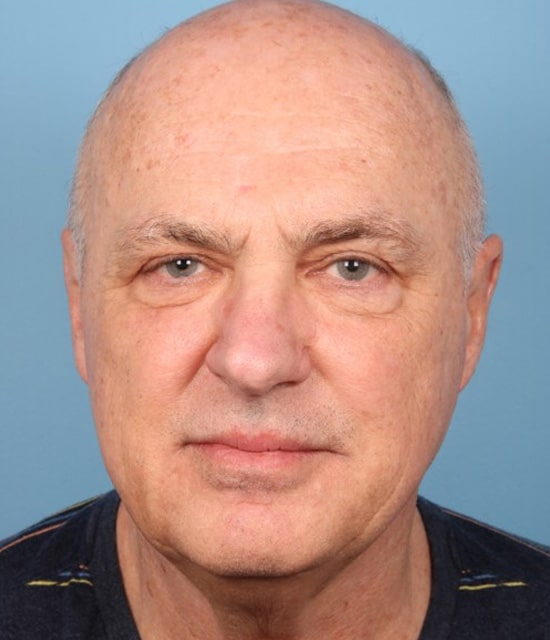
After
After
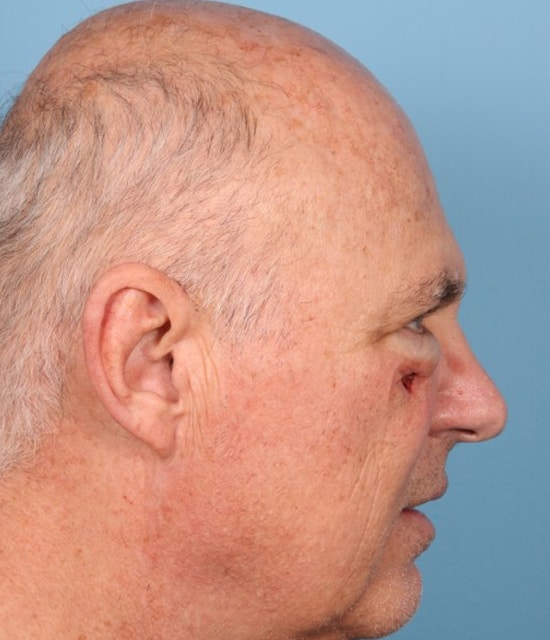
Before
Before
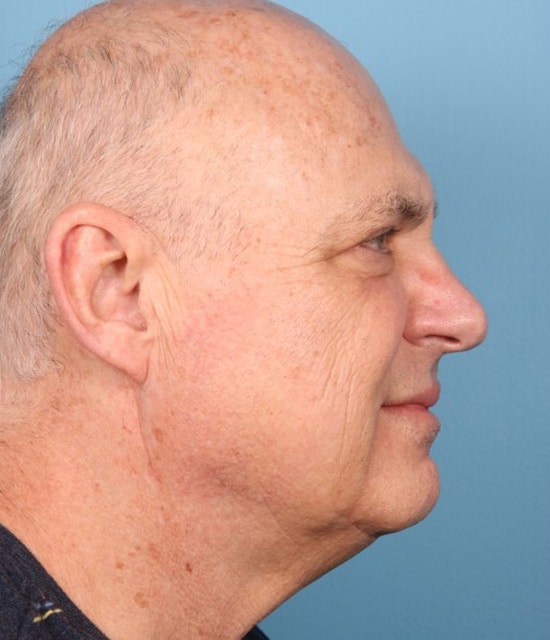
After
After

Before
Before

After
After
Other Surgical Procedures
FAQs
Individuals who are bothered by their scars and have realistic expectations about the achievable results of the surgery can consider it. Scar revision surgery may seem appealing for those who suffer from noticeable scars, whether from an injury or surgery. While there is no guarantee that the surgery will eliminate the appearance of the scar, it can significantly reduce its visibility and improve the texture of the skin surrounding the scar. Additionally, scar revision surgery can boost confidence and self-esteem by making it easier for individuals to feel good about their appearance.
Most scar revision surgeries take between 30 minutes to 2 hours. However, some more complex procedures may take longer. Your surgeon can provide a more accurate estimate of how long your surgery will likely take during the initial consultation.
Any surgical procedure carries some risk, and scar revision is no exception. However, the risk of complications is often minimal. Choosing a reputable and experienced surgeon, following pre-and post-operative instructions, and ensuring proper wound care can significantly reduce it.
While every person’s pain tolerance and experience will vary, most individuals generally report experiencing some discomfort during scar revision surgery. However, doctors will typically use local anesthesia and pain medication to help manage any pain associated with the procedure. It’s important to have an open and honest discussion with your doctor about any concerns or fears before deciding whether scar revision surgery is right for you.
Patients should wait six months to a year after the initial injury or surgery before seeking scar revision. It allows the scar tissue to fully mature and settle, giving the surgeon a clearer understanding of the ultimate appearance of the scar. Waiting also allows the individual to fully heal from any underlying trauma or incision.
Scar revision, when done correctly, can look very natural. The main goal of scar revision is to minimize the appearance of a scar by blending it in with the surrounding skin as much as possible. Techniques such as dermabrasion, laser therapy, and excision all work towards achieving this goal. Additionally, surgeons may use specialized suturing techniques to minimize any visible scarring.
Scars can be a nuisance, and scar revision is one way to tackle it. However, many people often wonder, “Can scar revision make a scar worse?” While risks are involved, experienced surgeons and clinicians undergo training to minimize these risks. Scar revision can improve a scar’s appearance, make it less visible, and align it with the natural skin tension lines. However, there is never a guarantee that a scar will improve. That is why choosing an experienced and skilled surgeon who understands the intricacies of scar revision to minimize any potential risk is important.
- Avoid touching the area with your hands or picking any scabs or stitches. It can delay the healing process and cause infection or scarring.
- Avoid exposing the area to the sun, and wear protective clothing outside. Direct sunlight can cause the scars to darken and become more noticeable.
- Lastly, refrain from strenuous activities or exercise until your doctor says it’s safe. Overexertion can cause undue stress on the incision site and prolong the healing process.
Unlike regular scars, keloids don’t usually go away independently and can get larger over time. However, in some cases, keloids might go down naturally without any treatment. It usually happens when the body’s natural healing process removes the excess collagen that forms the keloid. Nonetheless, if you have a keloid causing discomfort or affecting your self-esteem, it’s best to seek medical attention.


